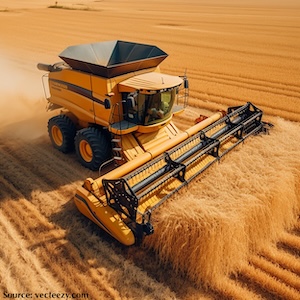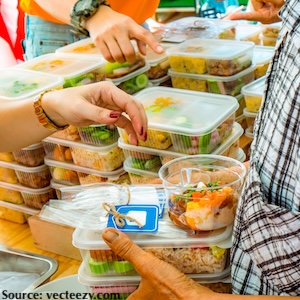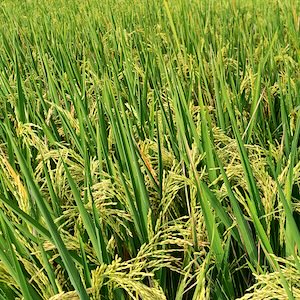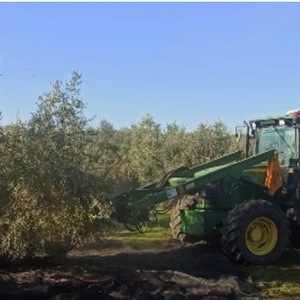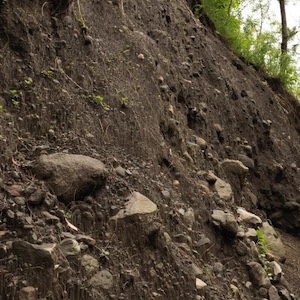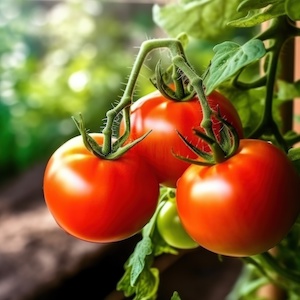Motion behavior of a charged droplet impacting on hydrophilic and hydrophobic leaf surfaces
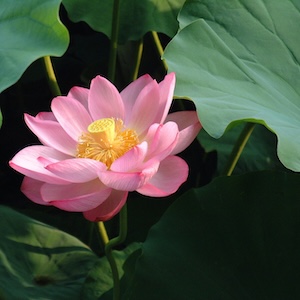
All claims expressed in this article are solely those of the authors and do not necessarily represent those of their affiliated organizations, or those of the publisher, the editors and the reviewers. Any product that may be evaluated in this article or claim that may be made by its manufacturer is not guaranteed or endorsed by the publisher.
Authors
The impact behavior of charged droplets on leaf surfaces with varying degrees of hydrophobicity was experimentally investigated. A high-speed camera was employed to quantitatively capture the impact morphology and motion dynamics of the droplets under different conditions. The study primarily focused on analyzing the effects of three key parameters: static contact angle q, applied voltage U, and droplet Weber number We on the droplet impact dynamics. The results revealed that droplets impacting hydrophobic surfaces exhibited smaller spreading diameters and higher retraction heights compared to those on hydrophilic surfaces. Furthermore, the maximum spreading ratio bmax of charged droplets on the leaf surface was reduced by approximately 10.8%, and the maximum recoiling height ratio H*max decreased by about 28% when compared to the behavior of neutral droplets. Additionally, the impact behavior of droplets on leaves under different We conditions was discussed. With the increase of droplet We from 59 to 175, droplet bmax increased by 34.9% and droplet H*max decreased by 24.1%.
Supporting Agencies
National Natural Science Foundation of China (No. 31971790) , Priority Academic Program Development of Jiangsu Higher Education Institutions (No. PAPD2023-87)How to Cite

This work is licensed under a Creative Commons Attribution-NonCommercial 4.0 International License.







